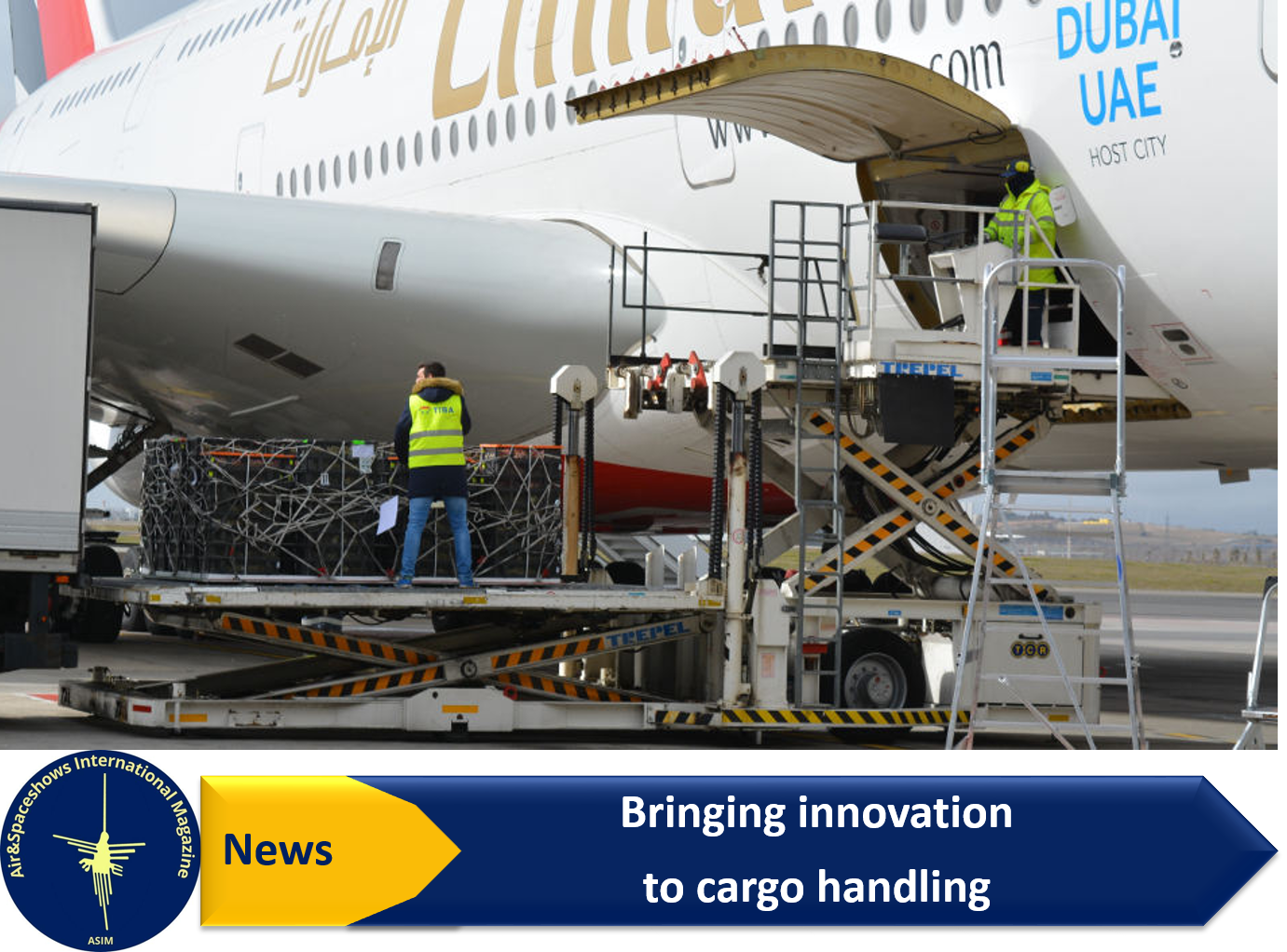ASIM, sep 26
Ground operations in the aviation sector, particularly logistics related to cargo handling, have seen minimal evolution compared to advancements in aircraft technologies. According to Airbus, the ground operations market is projected to grow from approximately $39 billion in 2024 to $65 billion by 2043. With an estimated 31 million aircraft turnarounds expected in 2024, the potential benefits of digitalization and connectivity for improving efficiency and reducing incidents are significant. Current innovations, including wireless and robotic technologies, promise to enhance the handling of cargo containers and unit load devices (ULDs), although full integration of these innovations is still in its nascent stages.
Industry leaders emphasize the role of AI and IoT in streamlining logistics. For instance, automated systems are already optimizing warehouse processes based on real-time flight data, while robotic solutions are being developed for various tasks, such as moving pallets and managing cargo acceptance. As technology evolves, the integration of AI is expected to provide greater visibility and reliability in transporting temperature-sensitive pharmaceuticals. However, challenges remain in standardizing digital technologies across different ground handlers and airports, prompting support for initiatives like IATA’s OneRecord, which aims to facilitate data exchange across the supply chain.
Despite the push for automation and digital solutions, experts stress the continued importance of human involvement in ground operations. Companies like DoKaSch focus on enhancing human capabilities through technology rather than replacing them. Investments in tools like Unilode’s new e-ULD app aim to streamline operational processes, reduce manual tasks, and improve efficiency in ground handling. As collaborations between technology providers and ground handlers, such as Evitado Technologies and dnata, demonstrate, leveraging data and automation is key to enhancing safety and efficiency in ground operations while adapting to the evolving needs of the air cargo industry.




